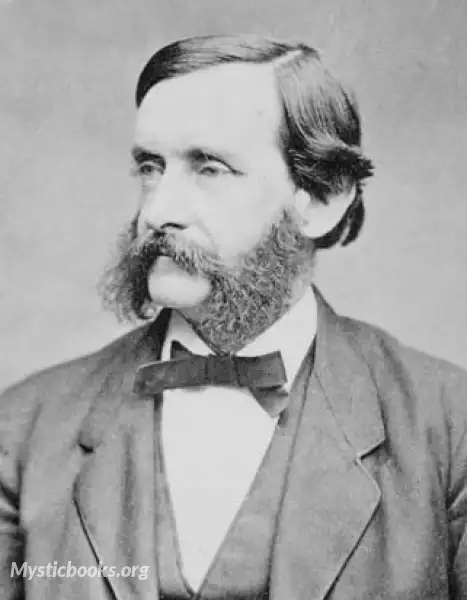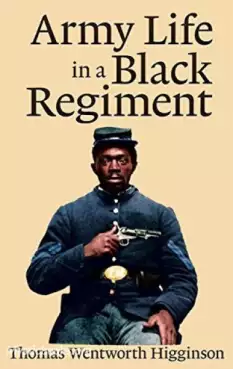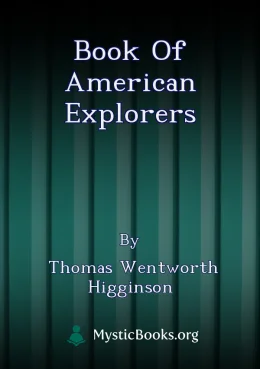
Timeline
Title
Country/Nationality
Thomas Wentworth Higginson
Thomas Wentworth Higginson was an American Unitarian minister, author, abolitionist, and soldier. He was active in the American Abolitionism movement during the 1840s and 1850s, identifying himself with disunion and militant abolitionism. He was a member of the Secret Six who supported John Brown. During the Civil War, he served as colonel of the 1st South Carolina Volunteers, the first federally authorized black regiment, from 1862 to 1864. Following the war, Higginson devoted much of the rest of his life to fighting for the rights of freed people, women and other disfranchised peoples.
Higginson was born in Cambridge, Massachusetts, on December 22,1823. He was a descendant of Francis Higginson, a Puritan minister and immigrant to the colony of Massachusetts Bay. His father, Stephen Higginson (born in Salem, Massachusetts, November 20, 1770; died in Cambridge, Massachusetts, February 20, 1834), was a merchant and philanthropist in Boston and steward of Harvard University from 1818 until 1834. His grandfather, also named Stephen Higginson, was a member of the Continental Congress. He was a distant cousin of Henry Lee Higginson, founder of the Boston Symphony Orchestra, a great grandson of his grandfather. A third great grandfather was New Hampshire Lieutenant-Governor John Wentworth.
Higginson married Mary Channing in 1847 after graduating from divinity school. Mary was the daughter of Dr. Walter Channing, a pioneer in the field of obstetrics and gynecology who taught at Harvard University, the niece of Unitarian minister, William Ellery Channing, and the sister of Henry David Thoreau's friend Ellery Channing. Higginson and Mary Channing had no children but raised Margaret Fuller Channing, the eldest daughter of Ellen Fuller and Ellery Channing. Ellen was the sister of the Transcendentalist and feminist author, Margaret Fuller. Mary Channing died in 1877. Two years later Higginson married Mary Potter Thacher, with whom he had two daughters, one of whom survived into adulthood.
Higginson was also related to Harriet Higginson, whose Wooddale, Illinois, home was the first commission of famed architect Bertrand Goldberg in 1934.
A year after his leaving divinity school, a growing passion for abolitionism led Higginson to recommence his divinity studies. He graduated in 1847 and was called as pastor at the First Religious Society of Newburyport, Massachusetts, a Unitarian church known for its liberal Christianity. He supported the Essex County Antislavery Society and criticized the poor treatment of workers at Newburyport cotton factories. Additionally, the young minister invited Theodore Parker and fugitive slave William Wells Brown to speak at the church, and in sermons he condemned northern apathy towards slavery. In his role as board member of the Newburyport Lyceum and against the wishes of the majority of the board, Higginson brought Ralph Waldo Emerson to speak. Higginson proved too radical for the congregation and was forced to resign in 1848.
he devoted most of his time to literature. His writings show a deep love of nature, art and humanity. In his Common Sense About Women (1881) and his Women and Men (1888), he advocated equality of opportunity and equality of rights for men and women.
In 1874, Higginson was elected a member of the American Antiquarian Society.
In 1891, Higginson became one of the founders of the Society of American Friends of Russian Freedom (SAFRF). He edited its public appeal "To the Friends of Russian Freedom". Later, in 1907 Higginson was the vice-president of the SAFRF.
In 1905, he joined with Jack London, Clarence Darrow, and Upton Sinclair to form the Intercollegiate Socialist Society. Higginson was an Advisory Editor for the second attempt at The Massachusetts Magazine.
Higginson died May 9, 1911. Although his death record states that he was buried at Mount Auburn Cemetery in Cambridge, Massachusetts, he is actually buried in Cambridge Cemetery in Cambridge, Massachusetts at the intersection of Riverview, Lawn, and Prospect paths.
Books by Thomas Wentworth Higginson

Army Life in a Black Regiment
These pages record some of the adventures of the First South Carolina Volunteers, the first slave regiment mustered into the service of the United States during the late civil war. It was, indeed, the first colored regiment of any kind so mustered, e...

Tales of the Enchanted Islands of the Atlantic
This book is a captivating compilation of tales and legends surrounding enchanted islands in the Atlantic Ocean. It explores the allure and mystique of islands, their role in seafaring lore, and their significance in the human imagination. The storie...

Book of American Explorers
This book compiles firsthand accounts of exploration in North America, spanning from the voyages of the Vikings in the 10th century to the early settlements of the Massachusetts Bay Colony in the 17th century. The text consists of extracts from origi...